How Does an Oil Well Work: Key Components and Working Process
A complex system of components comes together beneath the Earth’s surface to form the crucial structure known as an oil well, delivering the precious resource that powers our contemporary world. The sophisticated processes required in collecting oil from the earth are nothing short of amazing. This article delves into the topic of how does an oil well work, exploring its key components and detailed working process.
What are the Fundamental Components of an Oil Well
1. Wellhead
The wellhead is the topmost portion of the well and serves as the fluid’s entry and exit point. It is made up of valves, fittings, and other pieces of equipment that regulate the flow of oil, gas, and other fluids between the reservoir and the surface.
2. Casing
The casing is a network of steel pipes that line the wellbore to provide structural integrity and prevent the well from collapsing. It also aids in the isolation of distinct formations and the prevention of fluid flow between them.
3. Cementing
The process of cementing entails injecting cement between the casing and the wellbore. The annular space is sealed, forming a barrier that prevents fluid migration, preserves the casing, and stabilizes the well.
4. Tubing
Tubing is a smaller pipe that runs inside the casing and allows oil and gas to move from the reservoir to the surface. It also holds numerous industrial instruments such as sensors and control devices.
5. Christmas Tree
The Christmas tree, which is frequently found around the wellhead, is a collection of valves and fittings that regulate the flow of fluids from the well. It has components such as production and injection valves, chokes, and pressure gauges.
6. Pumping Units
Artificial lift methods may be required in some circumstances to boost the flow of oil to the surface. Pumping units, such as beam pumps or submersible pumps, are used to lift the oil and gas from the reservoir.
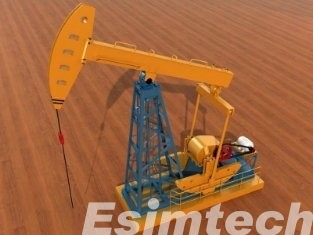
7. Production Tubing
The conduit through which oil and gas move from the reservoir to the surface is known as production tubing. It is usually made of corrosion-resistant materials and is put within the casing.
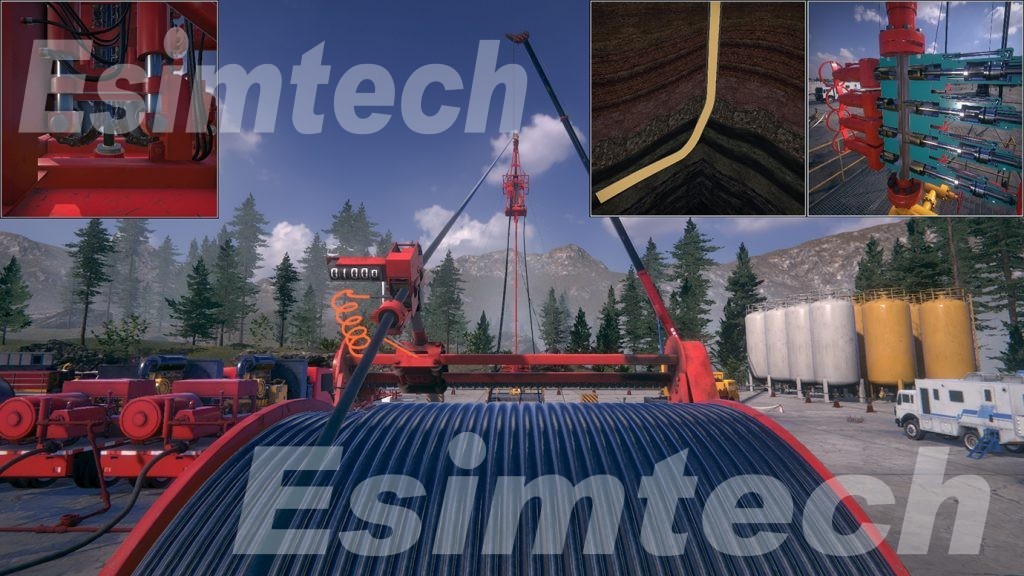
8. Perforations
Perforations are perforations in the casing and cement that allow oil and gas from the reservoir to flow into the wellbore. They are commonly created with perforating guns, which are explosive devices that puncture the case.
9. Reservoir
The reservoir is the underground rock formation that holds the oil and gas. It’s composed of porous and permeable rocks that allow fluid to flow through the tiny spaces within them.
10. Reservoir Fluids
Oil, natural gas, and water are examples of reservoir fluids. These compounds exist in various proportions inside the reservoir and are extracted to the surface throughout the production process.
11. Wellbore
The hole bored into the ground to access the reservoir is referred to as the wellbore. It is formed during the drilling process and serves as a conduit for fluids to travel from the reservoir to the surface.
12. Bottomhole Assembly (BHA)
The BHA is a collection of instruments, sensors, and gadgets placed at the drillstring’s bottom. It is used to obtain reservoir information, control drilling direction, and perform other downhole activities.
13. Blowout Preventer (BOP)
A blowout preventer(BOP) is a wellhead safety device that can block down the wellbore in the event of a blowout—a rapid and uncontrolled flow of fluids. BOPs are crucial for accident prevention and well integrity.
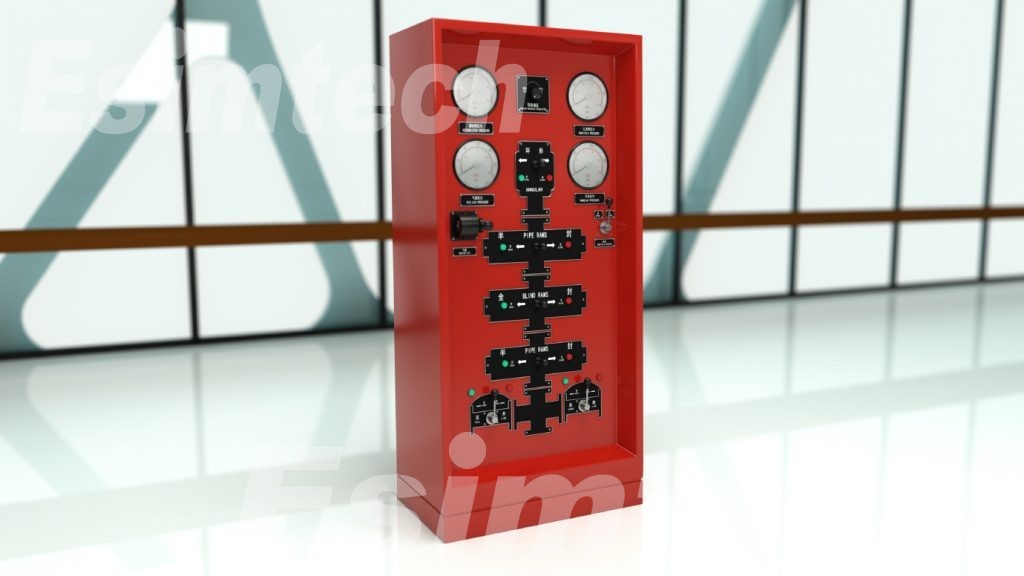
What is the Detailed Working Process of an Oil Well
1. Exploration and Site Selection
Exploration is the first step in the journey of an oil well. Geologists and engineers use seismic surveys, geological mapping, and advanced technology to locate potential oil reserves. Once a promising site is identified, the well’s location is carefully chosen based on geological data and accessibility.
2. Drilling
Drilling is the process of digging a hole in the Earth’s surface in order to reach an oil reservoir. For this reason, a drilling rig is used, which is outfitted with a drill bit that revolves and penetrates the ground. Steel casing is placed as drilling advances to support the well’s structure and avoid collapse. Drilling mud, a mixture of water, clay, and additives, is pushed down the well to cool the drill bit, transport rock fragments to the surface, and keep pressure constant.
A well-logging simulator system is a piece of computer software that simulates the behavior of electromagnetic waves as they travel through the geological strata surrounding a borehole. A “logging tool” is dropped into the borehole during the drilling operation to collect data about the rock formations and fluids surrounding the well. This information is utilized to construct a subsurface image and identify prospective hydrocarbon reserves.
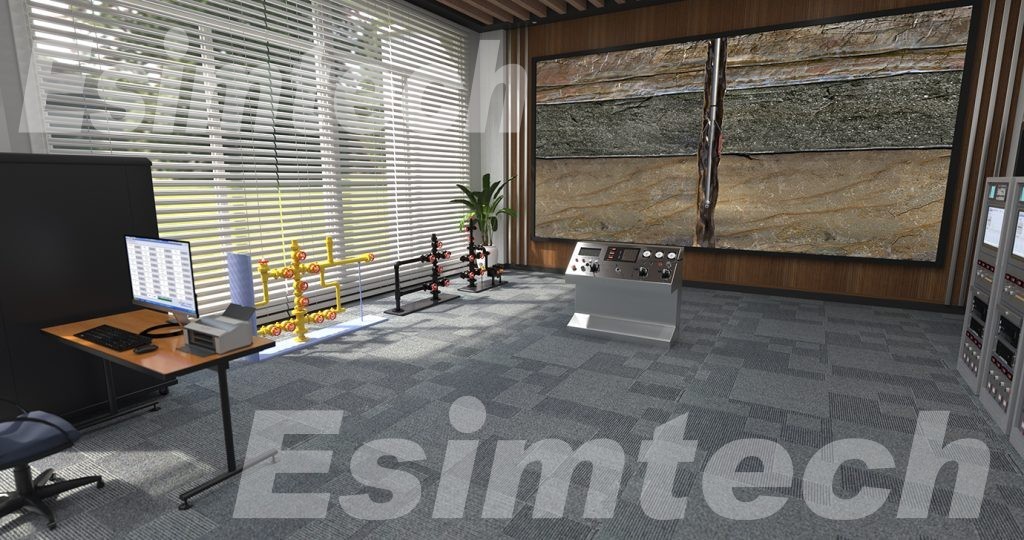
Key Features
- High-quality data acquisition
- Customized software and hardware
- Precise mathematical and physical models
- Real-time data analysis
3. Well Completion
The well is completed after reaching the oil-bearing rock formations by placing wellheads and valves. These components ensure a safe and controlled extraction environment. The casing is cemented in place to form a barrier between the well and the surrounding rocks, which prevents leaks and maintains stability.
4. Extraction
After the well has been prepped, extraction can commence. Because oil is less dense than water, it naturally rises through porous rock formations, accumulating in reservoirs known as oil traps. Pressure within the reservoir pushes the oil to the surface. If reservoir pressure is insufficient, artificial means such as water or gas injection may be utilized to improve oil recovery.
5. Primary Recovery
Natural pressure within the reservoir forces oil to the surface during primary recovery. This phase can last a long time, but gradually the pressure declines and the pace of oil extraction slows.
6. Secondary Recovery
Secondary recovery strategies are used as the pressure decreases. In order to drive the residual oil into the wellbore, water or gas is injected into the reservoir. This technique preserves reservoir pressure while increasing oil recovery rates.
7. Tertiary Recovery (Enhanced Oil Recovery)
Tertiary recovery entails increasingly advanced processes for extracting difficult-to-reach oil. Injection of chemicals, steam, or carbon dioxide into the reservoir is one method. These compounds affect the viscosity of the oil, displace it, or cause pressure changes that allow it to move.
8. Production and Processing
The extracted oil is pumped to the surface via the wellhead and transferred to storage tanks or processing plants. It is separated from other fluids and contaminants here. Modern technology and equipment ensure that the oil is processed efficiently and responsibly for the environment.
9. Transport and Distribution
Once processed, the oil is transferred to refineries by pipelines, tankers, or vehicles. It is refined into various petroleum products such as gasoline, diesel, and jet fuel in refineries.
10. Maintenance and Monitoring
Continuous maintenance and monitoring of oil wells is required to guarantee safe and effective operations. Regular inspections, well tests, and compliance with environmental rules are critical for reducing hazards and environmental impact.
Why Choosing Well Intervention Simulators to Improving Oil Well Working Efficiency
Well intervention simulators for the oil and gas industry are specialized software programs or physical models meant to simulate a wide range of well intervention procedures, such as those carried out throughout the drilling, completion, and production phases of an oil well’s lifecycle.
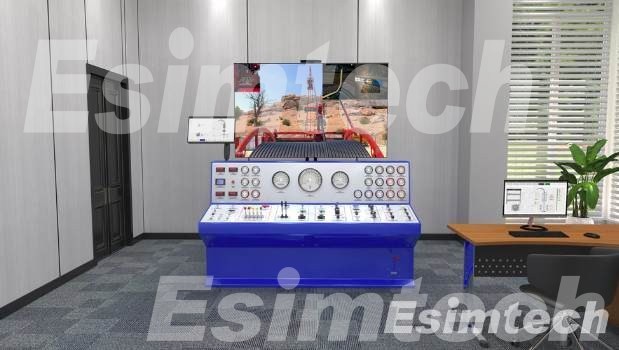
Well intervention operations such as wireline, coiled tubing, hydraulic workover, snubbing, and fishing can all be reproduced using these simulators. Well intervention simulators that are often utilized include coiled tubing simulators and snubbing simulators. The simulators can simulate the behavior of a well and its surrounding formation under a variety of operating situations, including changes in well pressure and temperature, wellbore geometry, and reservoir parameters. They can also imitate the behavior of various intervention tools and equipment, including pumps, valves, and sensors, allowing operators to practice correct tool usage and placement in a controlled and safe environment.
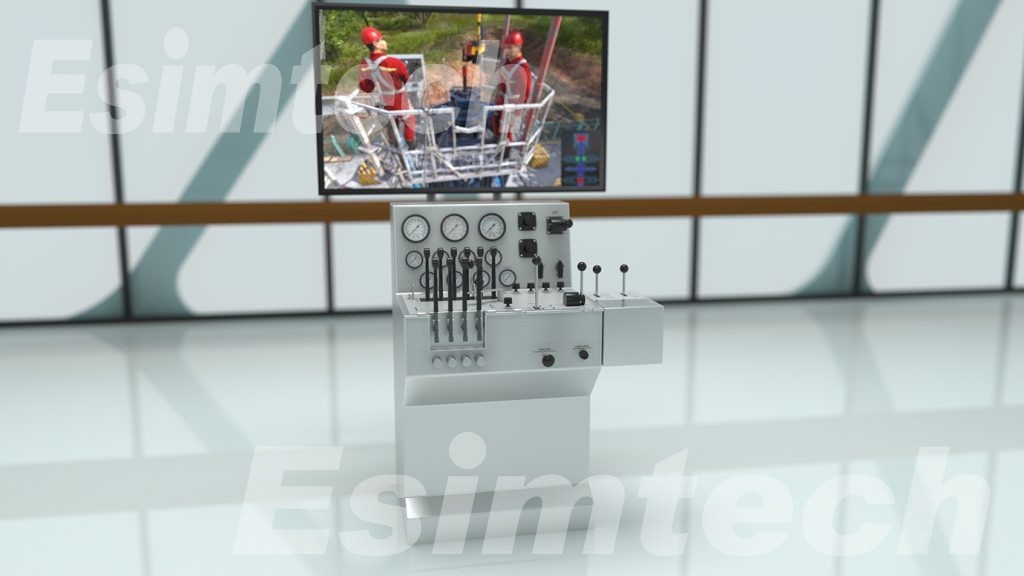
Using well intervention simulators can assist in minimizing accident risk, improve operation efficiency, and improve the quality of well intervention operations. They can also assist operators in optimizing their operations by identifying potential difficulties and analyzing various intervention options prior to implementation in the field.
Conclusion
From exploration to extraction, the complicated journey of an oil well is a monument to human ingenuity and technical innovation. Oil wells are critical to meeting global energy demands, changing economies, and propelling growth. Understanding how an oil well works provides insight into the complex mechanisms that power our contemporary world while emphasizing the significance of responsible extraction and environmental management.

